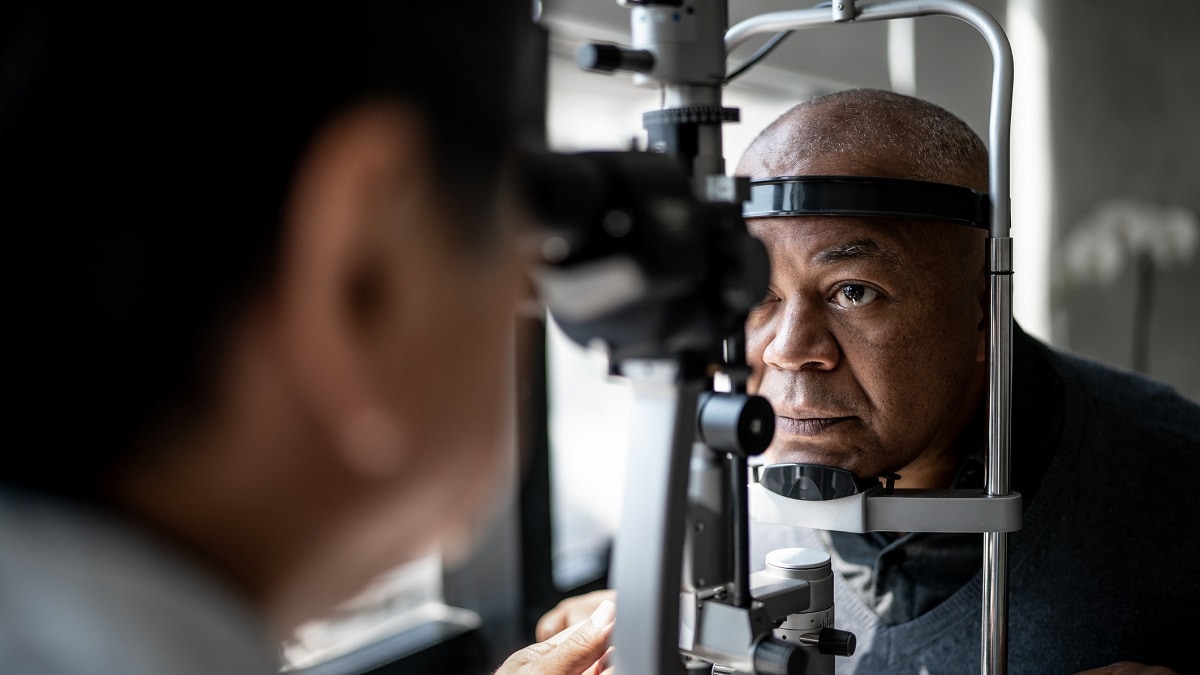Key points
Read more to learn key facts about vision loss in the United States.

Vision loss and age
Approximately 7 million people in the United States have vision impairment. This includes 1 million with blindness.
As of 2012, 4.2 million Americans aged 40 or older have uncorrectable vision impairment. This number is predicted to more than double by 2050. The US has a rapidly aging population, which means more people living with diabetes and other chronic conditions which can lead to vision loss.
Approximately 6.8% of children under 18 in the US have a diagnosed eye and vision condition. Nearly 3% of children under 18 years have blindness or vision impairment. This is defined as having trouble seeing even when wearing glasses or contact lenses.
Eye injuries in the workplace
According to the National Institute for Occupational Safety and Health, about 2,000 US workers sustain job-related eye injuries every day that require medical treatment. However, according to safety experts and eye doctors, the right eye protection can lessen the severity or even prevent 90% of these eye injuries.
Nationwide effects of vision loss
An estimated 93 million adults in the United States have a high risk for serious vision loss, but only half visited an eye doctor in the past 12 months. This is important because when caught early, vision loss can often be prevented or delayed. The economic cost of major vision problems is estimated to increase to $373 billion by 2050.
Vision disabilities
Vision disability is one of the top 10 disabilities among adults 18 years and older. It's one of the most prevalent disabling conditions among children.
Early detection and timely treatment of eye conditions such as diabetic retinopathy has been found to be effective. 90% of blindness in US adults caused by diabetes is preventable.
Vision loss causes a substantial social and economic toll for millions of people. This includes significant disability, loss of productivity, and decreased quality of life.
For more than half of American adults who didn't seek eye care, it was due to cost or lack of awareness. Cost is often higher due to lack of adequate health insurance.
